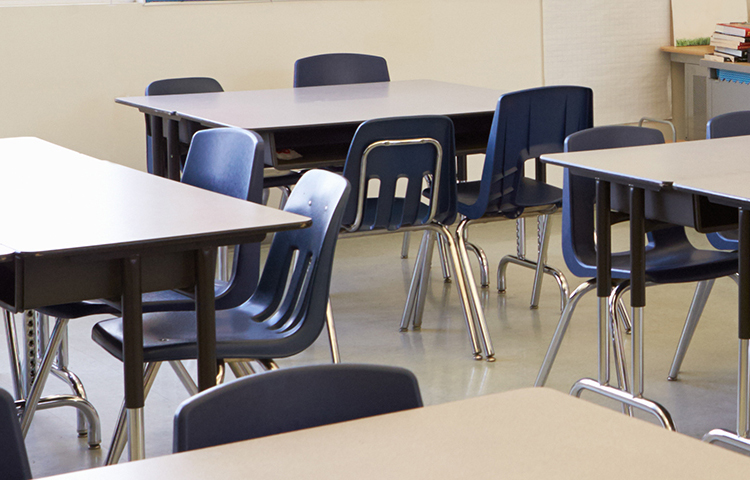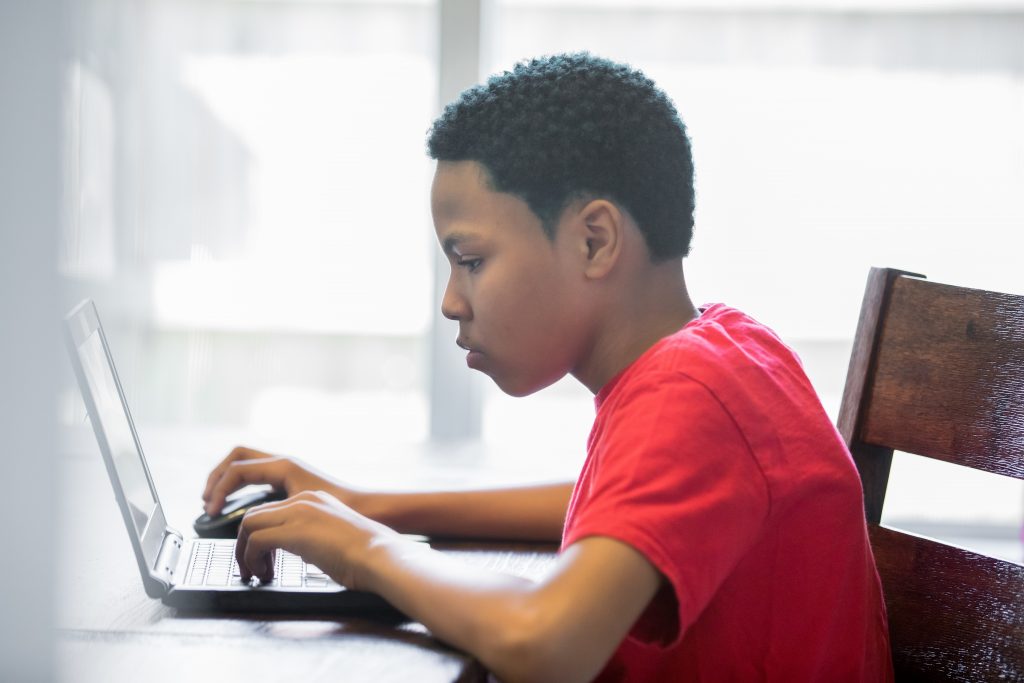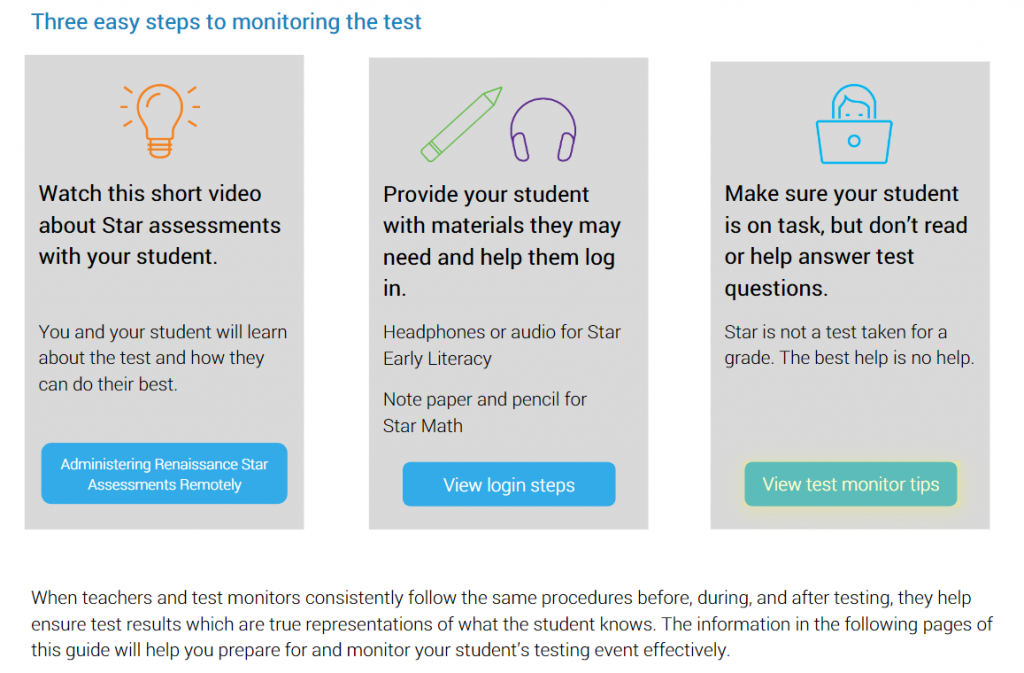
The following blog was contributed by Dr. Gene Kerns, Chief Academic Officer at Renaissance Learning, Inc.
Back-to-School 2020 involves new challenges. Catholic educators must make distance learning work, full or part time. But will formative assessments be accurate and reliable when administered remotely?
The answer is “yes.” With the right planning and processes, you can use tools such as Renaissance Star Assessments to gather formative data remotely. However, remote testing involves unique considerations to ensure your assessment data provides reliable insights to guide student learning.
1. Define your purpose for testing.
Testing runs more smoothly when everyone understands how results will be used. Students apply their best effort, parents recognize that results are used to tailor instruction, and educators are prepared to analyze and act on the data.
Defining your purpose prevents over-testing. Only test when you’ll use the data: to identify struggling students, guide instruction and intervention, ensure all students are learning, or all these purposes.
2. Consider your timing.
Determining when and how often to test relates to your purpose for assessing and ensures the data accurately portrays student achievement. Schedule the initial test early enough in the year to get data to inform instructional decisions—but only after you’ve had time to get to know your students.
Regarding time of day, consider when students will be able to do their best. Avoid testing as the first or last thing in a day so students are less likely to rush.
One of the benefits of Star is each assessment takes about 20 minutes. If your test is longer, consider how to manage breaks to get students’ best efforts.

3. Provide clear testing instructions.
How you set up remote testing depends on available resources. Having a teacher administer the test to small groups of students using video conferencing provides a good experience. Another option is to have a parent or other adult family member in the same location as the student serve as proctor.
No matter who supervises testing, make sure they understand the test’s purpose and their responsibilities. Our Teacher Guide for administering Star Assessments remotely outlines how to ensure a smooth experience and reliable results.
Test security and cheating are often educators’ biggest concern. One of the best ways to prevent cheating is also the simplest: clearly explain the test’s purpose. When teachers and parents reward effort instead of results, they’re showing students that trying their best is what matters.

4. Communicate clearly with parents and students.
Sharing your remote testing plans is also important. Consider using a variety of communication channels, keeping messages targeted and tailored to the audience:
- Parents and guardians need to understand the testing purpose and their role in the testing process.
- Students need to know what to expect and be encouraged to make their best effort. Explain that test results are used to plan future lessons.
This school year presents unique challenges, but with a well-defined plan, you can gather the data you need to move every student forward.
For additional remote testing best practices, watch our on-demand webinar and review our remote testing resources.
About the Author
 A third-generation educator, Dr. Gene M. Kerns was born with a passion for learning. Over the past two decades, he’s served as a public school teacher, adjunct faculty member, professional development trainer, district supervisor of academic services, and academic advisor at one of the nation’s top edtech companies. Dr. Kerns earned a doctor of education in educational leadership from the University of Delaware as well as a master of science in secondary curriculum and instruction and a bachelor of arts in English education from Longwood University in Virginia.
A third-generation educator, Dr. Gene M. Kerns was born with a passion for learning. Over the past two decades, he’s served as a public school teacher, adjunct faculty member, professional development trainer, district supervisor of academic services, and academic advisor at one of the nation’s top edtech companies. Dr. Kerns earned a doctor of education in educational leadership from the University of Delaware as well as a master of science in secondary curriculum and instruction and a bachelor of arts in English education from Longwood University in Virginia.